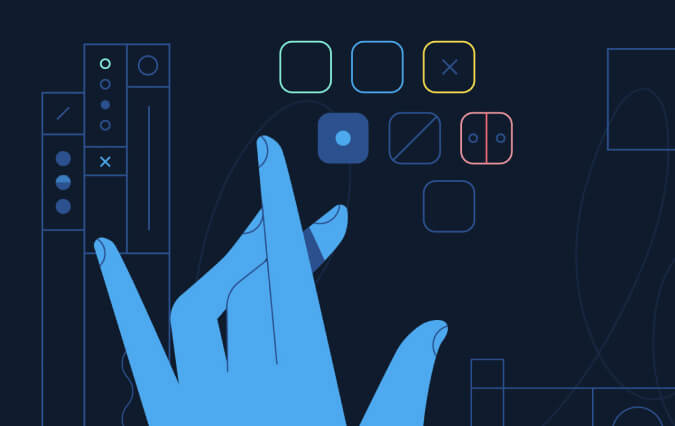What’s most important to designers within their career?
Designers, both in the U.S. and globally, are seeking out careers with competitive salaries and supportive, flexible work structures.
Hours
We kicked off the Dribbble Global Design Survey to better understand the design community and how and where it’s growing. We asked questions surrounding careers, salaries, skill building, remote work, and more—gleaning remarkable insights from designers worldwide. A sincere thank you to all those who responded! We heard from more than 17,000 design professionals and below are some highlights. Keep an eye out for the 2020 survey.
Want to know how you stack up? Download the full report for a data deep dive—from salary by specialty to critical design skills, hiring trends to career advancement.
Download the full report
Designers, both in the U.S. and globally, are seeking out careers with competitive salaries and supportive, flexible work structures.

Designers defined the most critical skills that they want to learn in the next 2-3 years to stay relevant in their design fields.
When it comes to learning design, global respondents mostly learn on their own, while U.S. respondents tend to learn in school.

Illustrators and Brand/Logo Designers are most likely to be fully remote, while Product Designers and UX Designers are least likely to have a fully remote role.
While respondents enjoy the flexibility of remote roles, they also shared the handful of challenges that come along with remote work.

The vast majority of designers have freelanced in the past year.
Brand/Logo Designers and
Illustrators are more likely than other specialties to freelance.
Nearly half of all freelance designers were contacted in-person about their last freelance opportunity.

Graphic Designers, Product Designers, and UX Designers are the most common designers that companies are looking to hire this year.

UI/Visual Designers are most likely of all specialties to work at agencies, while Illustrators
are least likely.
Product Designers are most likely to be employed in-house and Art
Directors are least likely.
Brand/Logo Designers are most likely to be self-employed,
while UX Designers are least likely.
Illustrators are most likely of all specialties
to be part-time and unemployed. UX Designers are least likely of all specialties to be unemployed.
While it’s common for all design specialties to have Bachelor’s Degrees, it’s most common for Product
Designers, Graphic Designers, and Motion Designers.
UX Designers are the most likely specialty to
hold a Master’s Degree.
The majority of specialties claimed to have learned design on their own.
Graphic Designers were
most likely to learn in school and UX Designers were more likely than the other specialties to have learned
on the job.

Product Designers and UX Designers consistently have the highest percentage of yearly salaries at/above
$75,000.
Graphic designers have the lowest average yearly salary of $53,000 while Product Designers
have the highest average salary of $103,000.

Approximately 85% of respondents live in Asia, Europe, and North America.

Just over 85% of global respondents are 35 years old and younger, compared to 74% in the U.S.
While U.S. respondents are more likely to have a Bachelor’s degree, global respondents are more than 1.5 times as likely to have an advanced degree.